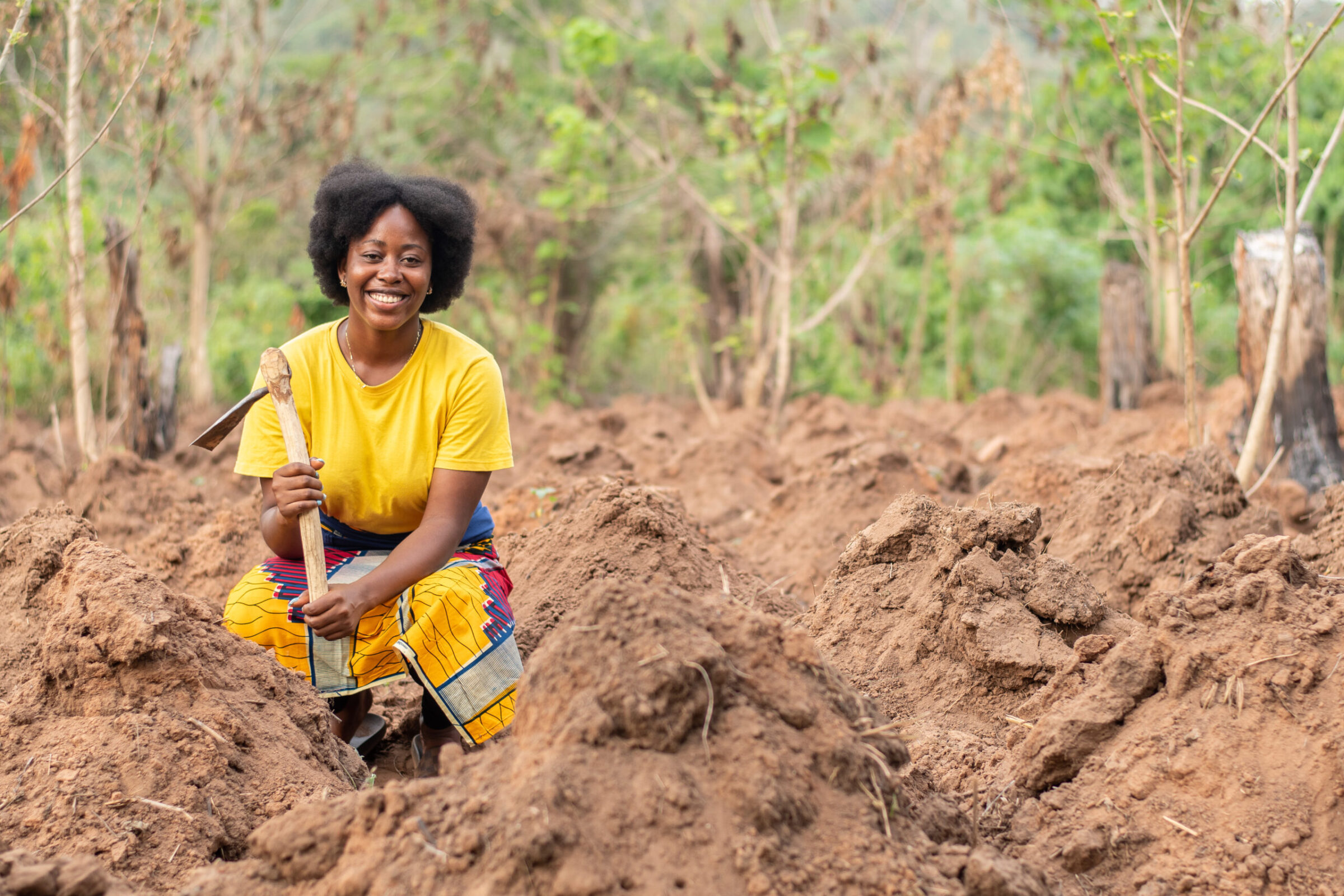Among the types of soils, loamy soil is often considered the best for crop cultivation: its balanced mix of sand, silt, and clay provides the right structure and nutrients for plants to thrive. But even with loamy soil, quality matters.
In Nigeria, soil health and texture varies from region to region: the North is known for its sandy, arid soil suitable for grains; the South for its deep, humid loam ideal for tubers and vegetables; the East for its red, iron-rich lateritic soil that supports cassava, yam, and cocoyam cultivation; and the Middle Belt for its rich alluvial plains that support diverse crops.
But, in recent years, these soils have shown alarming signs of decline, which are a major threat to food security and agricultural livelihoods.
The country’s farmlands are becoming less productive, largely due to nutrient loss, erosion, and poor soil management.
The Food and Agriculture Organisation (FAO) estimates that about 35% of total land area in the North is affected by soil degradation, while erosion washes away an estimated 351,000 hectares of arable land, which is gradually becoming a desert.
This means millions of farmers are cultivating on weakened ground, producing lower yields despite using more inputs.
In areas once known for their fertile loam, such as Benue, Ogun, and parts of Kaduna, continuous cropping without replenishment has depleted soil nutrients.
Studies from the International Institute of Tropical Agriculture (IITA) show that Nigerian soils are nitrogen-deficient, leading to shorter crop lifespans, stunted growth, and lower-quality harvests.
When the soil lacks essential nutrients like phosphorus and potassium, plants cannot form strong roots, and yields can drop.
What’s eroding the soil health?
Several forces are eroding soil productivity across Nigeria, notably deforestation. Driven by the demand for farmland and fuelwood, deforestation strips the soil of its protective cover. Overgrazing compacts the land, reducing its ability to retain water.
Meanwhile, indiscriminate fertiliser use without soil testing has led to chemical imbalances that further damage soil health. Climate change has worsened the situation, with erratic rainfall and flooding washing away topsoil in the South and desertification reducing fertility in the North.
These conditions have led the Nigerian government to launch the Nigerian Farmers’ Soil Health Scheme (NFSHS), a transformative initiative aimed at restoring soil fertility, improving yields, and promoting climate-smart farming.
The scheme will provide farmers with real-time insights into soil health, allowing them to know exactly what nutrients are lacking and how best to replenish them
Designed as part of the broader Renewed Hope Agenda for food security, the programme emphasises sustainable land use, regenerative agriculture, and precision soil management.
Farmers will receive training on how to use digital tools and soil-testing kits to better understand their land, reduce input waste, and plan planting cycles more effectively.
Smarter farming
Nigeria’s agricultural sector feeds more than 200 million people and employs over 70% of the rural population, yet productivity has declined in the last decade.
Poor soil health is one of the main culprits. Projections by the UN World Food Programme warn that 33 million Nigerians are at risk of food shortages by the end of 2025 if urgent measures are not taken.
The Soil Health Scheme seeks to reverse that trajectory, potentially increasing yields by 20–30% while reducing fertiliser misuse and boosting income for smallholder farmers.
When farmers understand their soil, they can plant better and harvest more. The initiative’s benefits include higher crop yields, better produce quality, efficient fertiliser use, and sustainable land management.
It will also provide government agencies with data-driven insights to guide agricultural policy, ensuring interventions are tailored to local soil needs rather than blanket national measures.
The future of this scheme lies in the scheme being backed by robust extension services, research partnerships, and consistent funding. Soil-testing laboratories and farmer field schools will play a key role in its rollout, while digital platforms will connect farmers with agronomists for real-time guidance.
Summary not available at this time.






